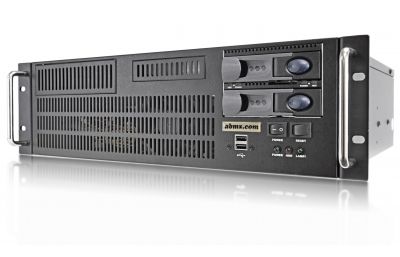In this post we want to go into a brief overview of what RAID is and what RAID isn't, why RAID isn't an ideal backup solution, and what data availability is.
RAID stands for "Redundant Array of Independent Disks". Esentially it is taking multiple hard drives or solid-state drives and mashing them together to create redundancy. For example: adding two more hard drives and configuring RAID 5 is creating a setup where the data is striped across multiple drives allowing the data to remain available despite losing one drive. More than that, however, is that RAID is building data availability.
(We may go into more detail about RAID in another post, but this description is good enough for understanding this post.)
Is RAID backup? Kind-of but not really, no. You have a system that has been running with your data on it. In most of the situations all of the drives have been put into the system at the same time and have been running for the same length of time. As with everything mechanical, the chance of failure increases as time goes on. It is certainly possible that multiple drives could fail at once, or the other drives could fail while the controller is rebuilding an existing RAID, resulting in the loss of data.
Then why is RAID useful? For data availability. The term data availability is pretty self descriptive. Think about a redundant power supply. When one of the modules fails, the server is able to continue running because it has a backup power supply module. Similarly with RAID, there are extra hard drives in the system to keep the data accessible despite a failure. There are some cases where you might lose one drive, but all the others are fine. RAID is there to smooth over those bumps, and ensure the system is still running and the data is still accessable. In the off-chance you lose one or two drives, you can replace those two drives and keep going without having to have extended downtime.
You still need to keep a backup of your data. We've had a few customers who lost all of their essential buisness data when their RAID failed without any backups. The ideal backup setup is the 3-2-1 rule: 3 copies (on different machines), 2 different media (Hard Drive and DVD), 1 offsite backup (Don't want to lose everything if the building burns down!).





